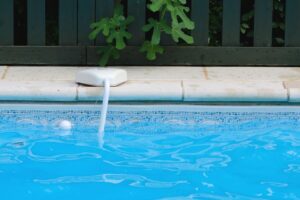
5 Easy Pool Fence Repairs You Can Do Yourself
Tackle these fence repair DIY jobs to save money and make sure your fence is ready to protect your loved ones. From swapping poles to fixing gates, we have the top 5 user-friendly fixes for your pool fence.






